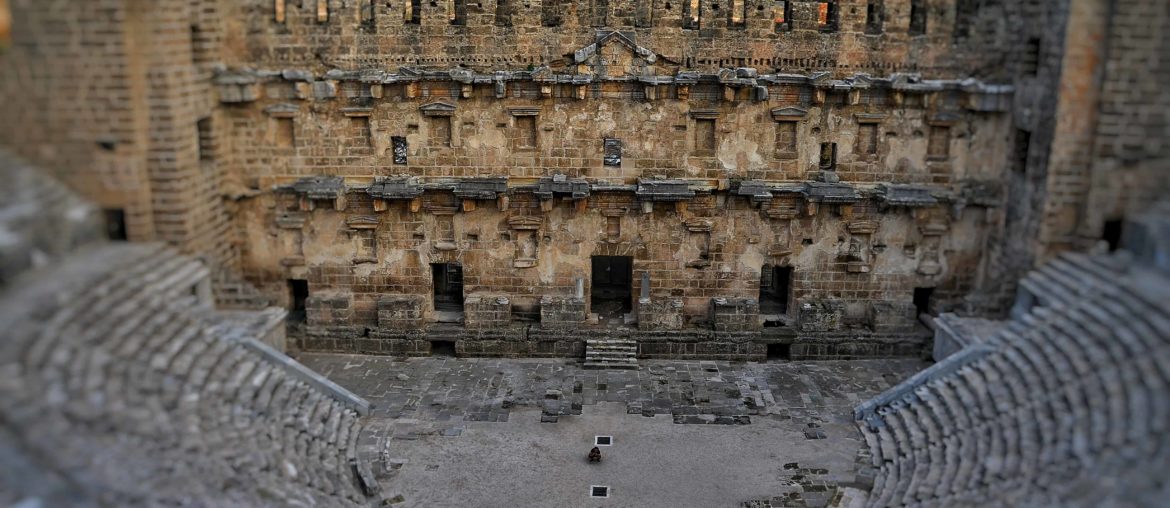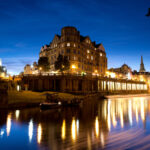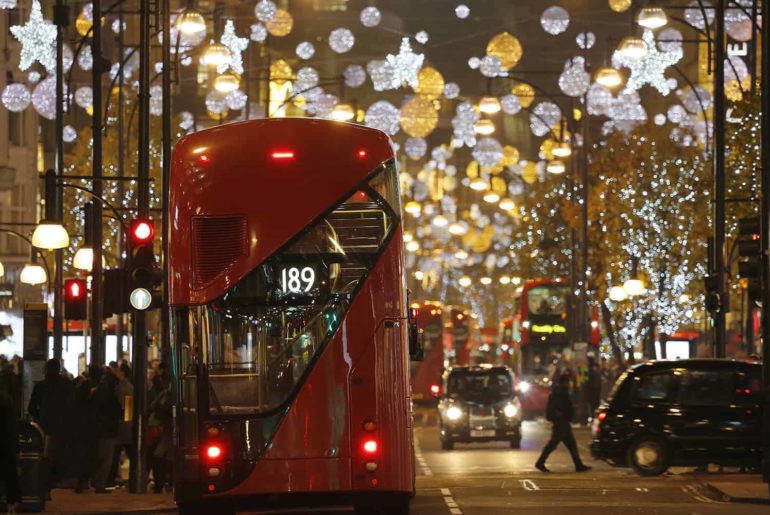The capital is a mysterious place. With its thousands of bustling streets and buildings, London’s vastness makes it at once fascinating and incomprehensible in its entirety.
Only those who have lived there for decades can claim they know it well, and the city withholds many secrets from even them. Beneath its bustling surface is buried the remnants of a fascinating history lasting over 9,000 years.
To get to know the hidden history of London’s archaeological heritage, we’ve taken a dive into the Museum of London Archaeology’s scintillating blog. When you walk the streets of the capital on one of our enlightening walking tours, spare a thought for the thousands of historic treasures that lie just beneath the surface.
Prehistoric London

As Crossrail construction revealed, Mesolithic hunter-gatherers were present in the London area over 9,000 years ago, crafting flint tools along the Thames. But the story stretches much further back. The lower Thames terrace system contains Lower Palaeolithic implements, part of a vast chronology of human occupation linked to dramatic shifts in river flow, forest distribution, and even climatic oscillations.
These early inhabitants, dating from around 500,000 BC to the end of the Ice Age, left hand axes and long‑blade flints in what is now Uxbridge, Hampstead, Bermondsey, and Erith. The Thames both hindered and enabled life, acting as a barrier, a source of food, rich depositional grounds, and even a sacred boundary. The drowned Erith forest and wooden structures at Nine Elms testify to ancient environments that are now long gone.
Roman London
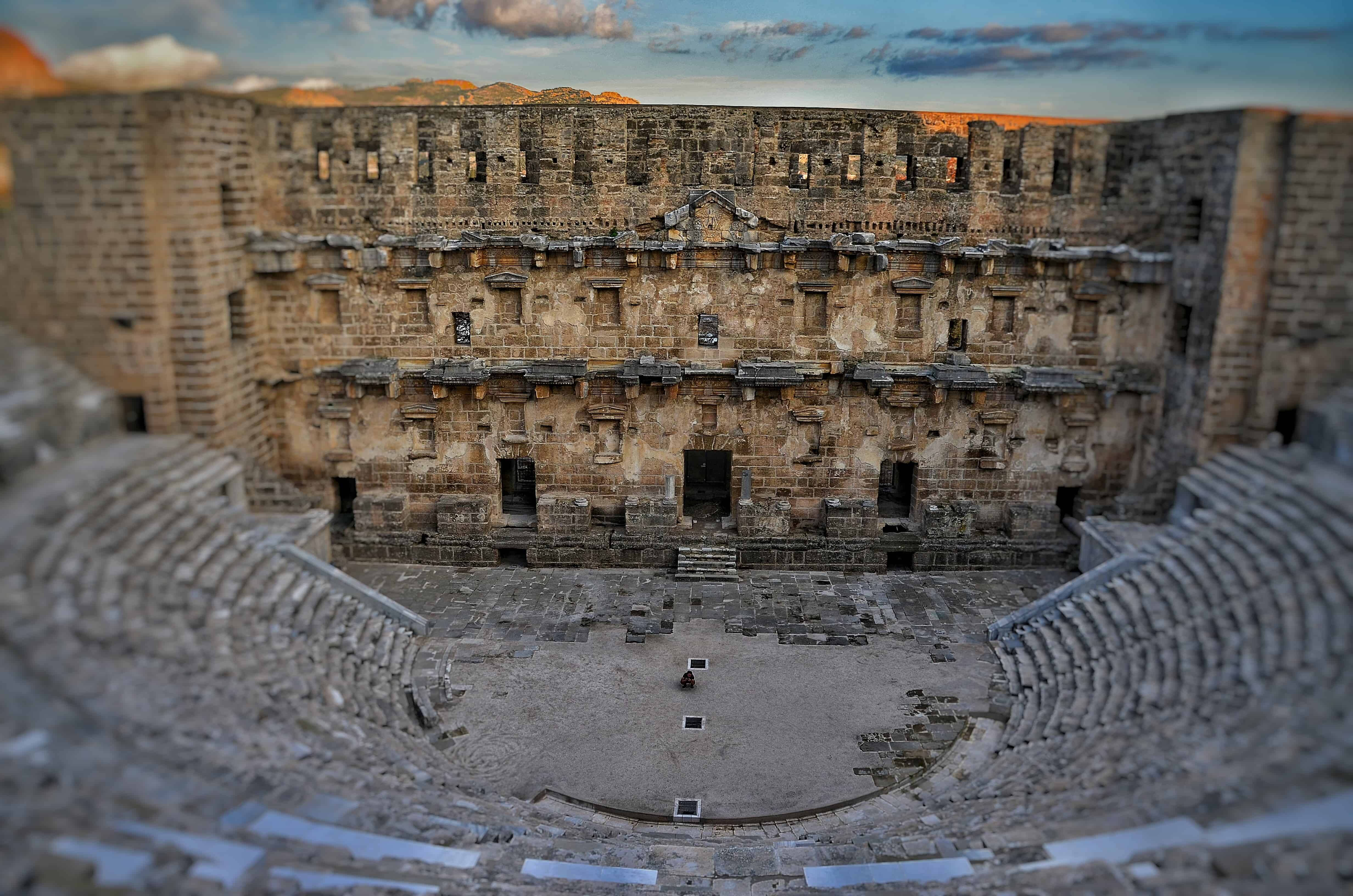
The Romans founded Londinium circa 47 AD by capitalising on a natural crossing point of the Thames. Initially a military bridgehead, the settlement was burned in 60 AD during Boudicca’s revolt. Yet within decades, it was reborn as the provincial capital of Britannia, complete with grand public buildings, such as basilicas and administrative offices.
Roman London flourished: intricate roadways (including Watling and Stane Streets) radiated from across the empire, connecting Londinium to the heart of Roman Britain. Significant archaeological remnants endure: sections of the city wall at Tower Hill and London Wall Road, an amphitheatre underneath the Guildhall Art Gallery, and bathhouse foundations beneath Lower Thames Street.
Medieval London
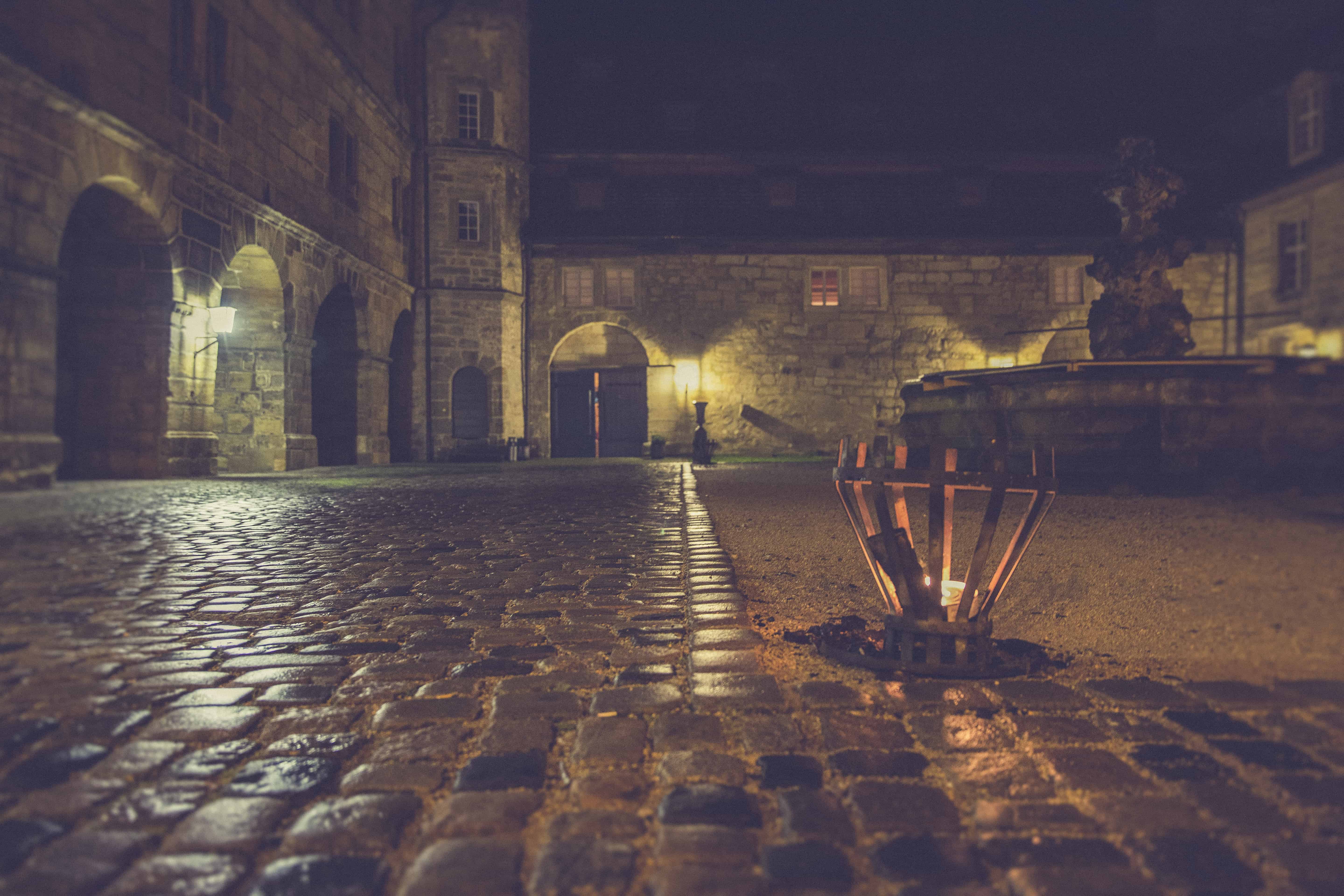
In the wake of the Norman Conquest, London emerged as a medieval powerhouse, a sacred, trade-driven hub that grew around St. Paul’s, Westminster Abbey, and rich guild halls. Gunpowder, plague, and fire shaped its medieval character.
According to the History of London, rapid population growth and urban densification led to the development of new markets, bridge-building projects, and the replacement of wooden structures with stone.
Medieval London featured narrow lanes, merchant guildhalls (such as those of the Mercers and Goldsmiths), and grand civic architecture, some of which is still visible in sub-basements today. However, many original buildings vanished in the Great Fire of 1666 or subsequent redevelopment.
Surviving fragments of this era include Winchester Palace (home to powerful Bishops), ruined by a fire in 1814 and rediscovered in the 1980s, and a 12th-century Templar arch at Inner Temple Lane that supports the city’s lone Jacobean townhouse.
Late Medieval London
Between the 13th and 15th centuries, London underwent significant changes. The population surged to around 50,000 by 1,300, becoming England’s commercial magnet. The London Bridge, rebuilt in stone in the early 1200s, featured houses and shops lining its length, a medieval version of today’s high street.
City Wall gates, such as Bishopsgate and Aldgate, regulated trade, while markets formed outside these gates. New guild-founded hospitals and almshouses, like St. Giles Cripplegate (founded in 1253) and Christ’s Hospital (founded in 1552 on an earlier site), reflected the growing civic care.
The Little Ice Age induced poor harvests and famine, while recurring plague outbreaks (Black Death, 1348–49, and later recurrences) dramatically depopulated the city, reshaping labour systems and social structure. These crises eventually led to stronger guild regulations, public health measures, and urban planning, including the earliest attempts at controlling quarantine and street paving.
Walk past some of these fascinating locations and let your imagination run wild with thoughts of what happened here thousands of years ago.
Although we may never uncover all its mysteries, London’s hidden heritage offers us all a fascinating glimpse into the past. If you’d love to learn more about London’s history, consider booking a London tour and visiting iconic sites during your trip.

